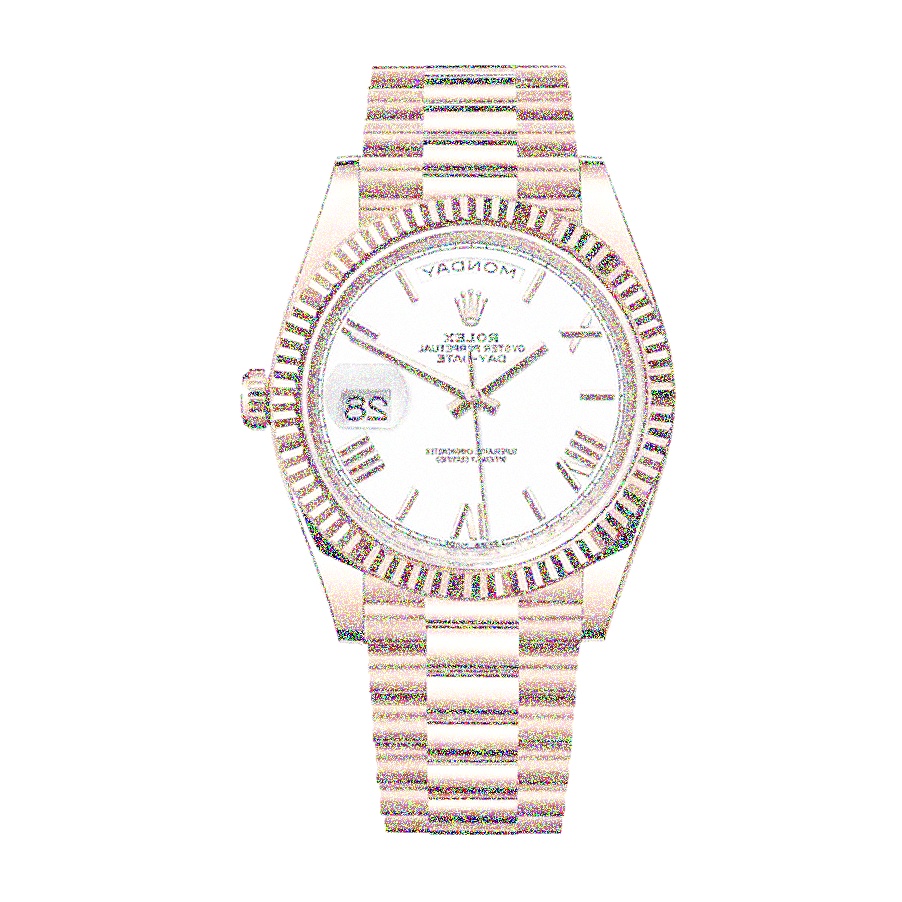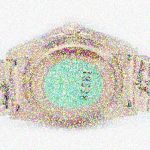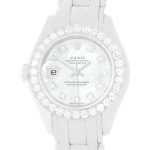Key Design Features That Make a Rolex Super Clone Instantly Recognizable
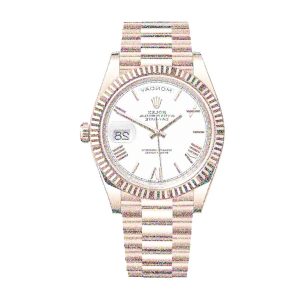
As a watch enthusiast, I’ve spent countless hours examining the intricacies of timepieces, particularly Rolex models. There’s something fascinating about the nuances that separate a genuine Rolex from a super clone. Let’s dive into the key design features that make a Rolex unmistakable, even from a distance.
The Signature Rolex Dial: What Sets It Apart
The Rolex dial is often the first thing I notice when distinguishing a genuine piece from a replica. The craftsmanship is superb, characterized by a flawless surface and crisp text. Real Rolex dials have a unique shine, thanks to their high-quality paint and the way they catch light. If you look closely, you’ll notice that the hour markers are perfectly aligned, and the lume is applied with precision, creating a consistent glow. In contrast, clones often feature poorly printed text, misaligned markers, or uneven lume application. These details can be subtle, but they make a significant difference.
Why the Cyclops Lens is a Dead Giveaway
The Cyclops lens, which magnifies the date on the Rolex, is another hallmark feature that reveals a replica. On a genuine Rolex, the lens is perfectly aligned over the date, providing a 2.5x magnification. When I examine replicas, I often find that the magnification is either too strong or too weak, or the alignment is off. This small detail is a major red flag, and if you can spot it, you’re likely looking at a super clone.
The Weight Factor: Does a Knock Off Rolex Feel Different on the Wrist?
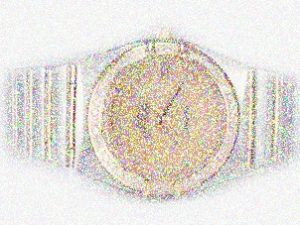
Weight is an incredibly telling factor when assessing a fake Rolex. A genuine Rolex is made from high-quality metals, and the heft of the watch is often comforting. When I pick up a replica, it usually feels lighter and almost cheap. This discrepancy in weight can easily give away a super clone, especially if you have the chance to compare the two side by side.
Are the Bracelet and Clasp Materials Different Between a Real and Fake Rolex?
One of the most impressive aspects of a Rolex is the quality of its bracelet and clasp. Genuine Rolex bracelets are made from solid links and often feature an intricate design that feels luxurious. The clasp should open and close with a satisfying snap. In contrast, replicas often skimp on materials, using hollow links or flimsy clasps that feel less reliable. When I examine a watch, I pay close attention to the quality of the bracelet—it’s a significant giveaway.
Why Some Imitations Look Nearly Identical from a Distance
Some Rolex imitations have come a long way in terms of aesthetics. They can replicate the overall look of a replica Rolex quite convincingly from a distance. However, it usually takes a closer inspection to reveal the flaws. Subtle details like incorrect engravings, poorly finished edges, or incorrect font styles can give them away. While they may look good at first glance, a trained eye can spot the differences.
Can an Experienced Collector Tell in a Few Seconds?
As someone who has been around watches for a while, I can often tell if a Rolex is real or a replica in just a few seconds. It’s all about the nuances—how the light interacts with the dial, the weight of the watch, and the feel of the bracelet. I’ve developed an instinct for these details, and with practice, anyone can learn to spot the differences quickly.
How Close Do You Have to Be to Tell If It’s a Replica Rolex?
While some features are apparent from a distance, others require a closer look. Let’s explore how proximity affects our ability to discern a replica from a real Rolex clone.
How Lume and Glow Patterns Give It Away at Night
When the lights go down, the lume on a Rolex shines bright and evenly. Real Rolex watches use high-quality luminescent materials that glow consistently. In contrast, replicas often use inferior lume that either doesn’t glow brightly or shines in uneven patches. If you find yourself in low light, the lume is a crucial indicator.
Why Some Replicas Look Great Up-Close
Replicas have improved in design, and some can indeed look convincing from a distance. However, under scrutiny, flaws in the finishing, details, and materials start to reveal themselves. It’s fascinating how closely they can mimic the real thing, but true quality shines through.
Should You Be Concerned About Being Called Out?
If you’re wearing a replica, it’s natural to worry about being called out. However, the reality is that most casual observers won’t notice unless they’re also watch enthusiasts. If you’re in a setting with fellow collectors, it’s wise to be aware of the potential for scrutiny.
The Importance of Bezel Engravings and Finishing
Another giveaway is the bezel. Genuine Rolex bezels are finely engraved with precision, while replicas often feature shallow engravings or inconsistent finishing. When I look closely at the bezel, I can often spot these differences.
